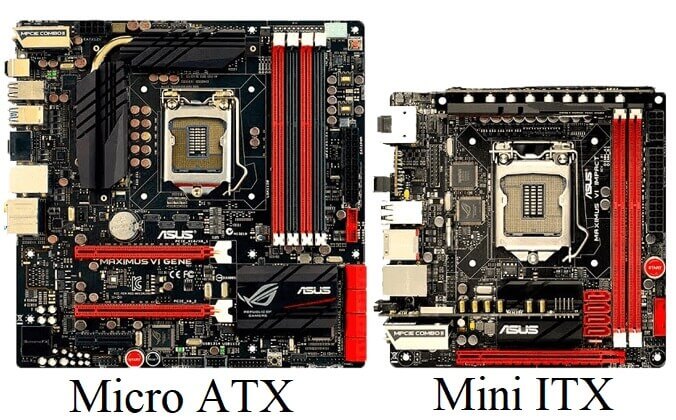1 hour ago, James Anders Banks said:
My bad. I haven't followed this as well as I had thought, I didn't realise there was a case still on the table.
Both are/were cases with separate keyboards - the X16p case was to be bigger to allow for expansion?
Why is one case dropped and not the other, does the smaller case not have to be assembled in China? No doubt the answers are above but there's five hours reading material on this post now!
So:
(1) X16p kit, +kbd, (1b) Limited number per batch built X16p, +kbd. -----OK, KIT FORM SO NO PROB WITH CHINA
(2) Cased X16c, +kbd -----YES, SO WHY CAN THIS GO AHEAD YET THE ONE ABOVE CAN'T HAVE A CASE?
(3) X8, (3b) X8 +kbd -----RPI SIZE SO CAN USE AN RPI CASE
To be very clear, discussion has focused on the two things that have prototypes already built, the X16p and the X8.
The "X16c" at this point is a design
goal, not a completed design ... the team have described it in general terms, but specifics have not been announced, and (as an outside observer) it seems likely that some of the specifics have not been decided on yet. So before launching a cased X16c crowdfund, the team would have to settle on final specifications, hammer out a crowdfund budget, and then use that to set the crowdfund price per unit and minimum order amount for the X16c final development and then production process to begin. Obviously some of those design decisions will involve cost versus features trade-offs that will be controversial.
But, "why cases for the X16c and not the X16p"? It's about cost and economies of scale.
The market for the X16p in kit form is people who are willing to tackle building a board of this complexity. It also has a lot of people who actually prefer their own case ... or already have a suitable one.
And the CX16p in built form required people to build it ... we aren't set up anymore with the assembly lines for soldering those kinds of boards, like back in the 80s (and those were also generally working for the computer maker, not working as an "assembler for hire") so it would likely have to be done by hand at something like a $100 builder charge. So not only is the market size limited by the higher price, but the market size may be even more limited by the number of boards that can be hand assembled in a reasonable period of time.
And you need a minimum number of cases in order for the case option to work. The makers will only do the customization part of the job if you hit a certain minimum order size.
You take the size of the market for people who will hand build something like this, minus the percentage who would rather not HAVE the CX16p case, plus the number willing to order at the higher X16p built price point
that it is sensible to accept orders to build, minus the percentage who want to save on the (highest) price by using their own case ...
... and it may not be realistic to try to pursue a "customized" version of case for the X16p.
By contrast, the X16c would be made with surface mount versions of the chips (maybe with one exception). Modern, partly automatic, board assemblers and solder ovens would be able to handle it. Indeed, for that kind of board, a built board would be cheaper overall than a kit, when packaging and handling costs are included. And it never
has been considered as an option for a kit form. So for the CX16c, they can do the minimum crowdfunding orders required to meet the minimum order for the cased systems, and if they hit it, they can have the boards start to be built by a modern partly automated batch type small board assembly, and place the case order. It's actually less confusing to just have a single, cased, X16c unit on offer.
Now, there is no guarantee that the X16c will
get the crowdfund numbers in order to go
into production, but if it doesn't, you refund people's money (but of course, give them an option to take part of their refund in a keyboard and/or an X8). That's how the crowdfunding works ... if it doesn't hit the launch target, the money is refunded.
